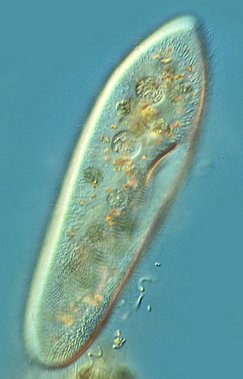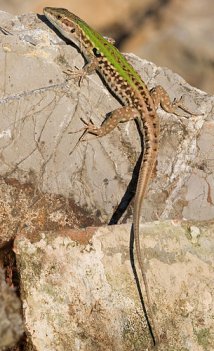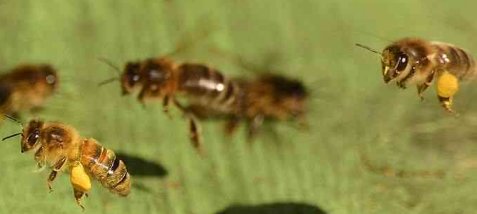Not long ago, I wrote an article about how Dr. Richard Dawkins attributed a quote to St., Augustine, but the quote turned out to be 100% false. A while before that, I wrote an article about how an evolutionist and a young-earth creationist both mangled quotes by C.S. Lewis in order to make it sound like Lewis believed things that he didn’t believe. Well, here’s yet another example of someone using made-up quotes in an attempt to prove her point of view.
This article comes from World Net Daily, which is not exactly a paragon of responsible journalism. It was written by Marylou Barry, and it tries to make the case that scientists don’t believe in evolution because of the evidence. Instead, they believe it because they dogmatically reject the idea of a Creator. This, of course, is absurd, as there are many, many Christians who believe in evolution. If belief in evolution is based on the rejection of a Creator, no Christian would accept it. Nevertheless, Marylou Barry tries to make the case, and she does so by quoting famous scientists. Some of the quotes sounded a bit odd to me, so I did some checking. It turns out that many of them are either made up or taken completely out of context.
Let’s start with a simple one. Ms. Barry reports:
“Evolution is unproved and improvable, we believe it because the only alternative is special creation, which is unthinkable,” wrote the late Sir Arthur Keith, physical anthropologist and head of the Anatomy Department at London Hospital.
Since she doesn’t bother to source any of her quotes, I had to do a bit of research. The only source that has been given for this quote can be found in Comparative Views on Origins. The author (Brock Lee) claims that this quote comes from the forward to 100th anniversary edition of Charles Darwin’s Origin of Species, 1959.1 The problem with this reference is that Sir Arthur Keith died on January 7, 1955. That’s a full four years before this book was supposed to have been published! Keith did write an introduction to an edition of The Origin of Species that was published by J. M. Dent. However, it was published in 1928, and Keith’s introduction does not contain anything even approaching the quote that Barry gives. In the end, then, this is simply a made-up quote, and it doesn’t belong in any legitimate discussion of evolution.
Now if this were just one example among many quotes, I might be able to overlook Barry’s irresponsible behavior. Unfortunately, several other quotes in the story are either made up, edited, or taken way out of context.







